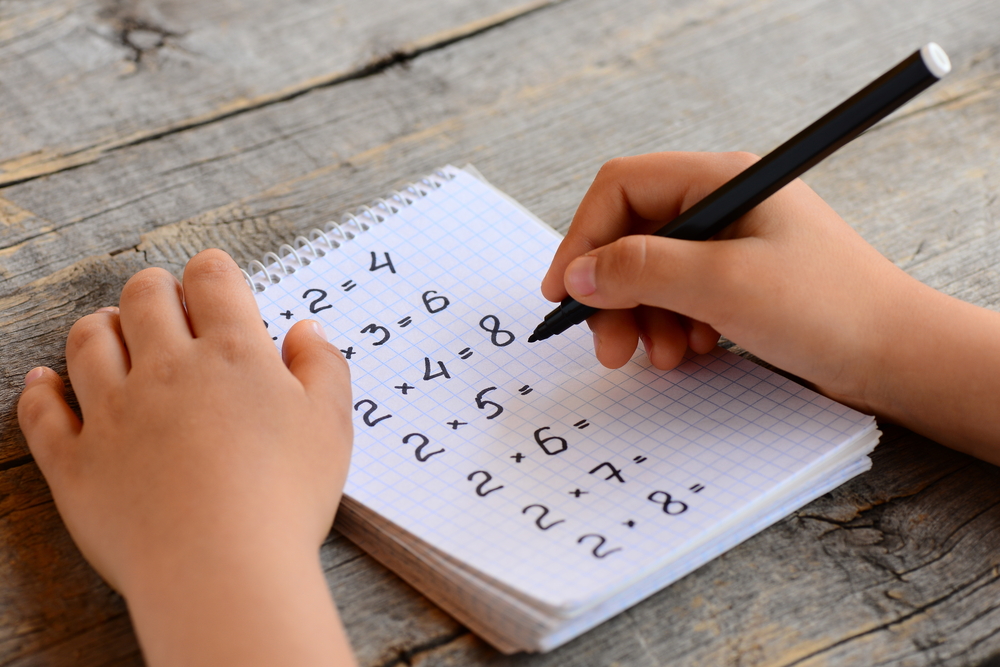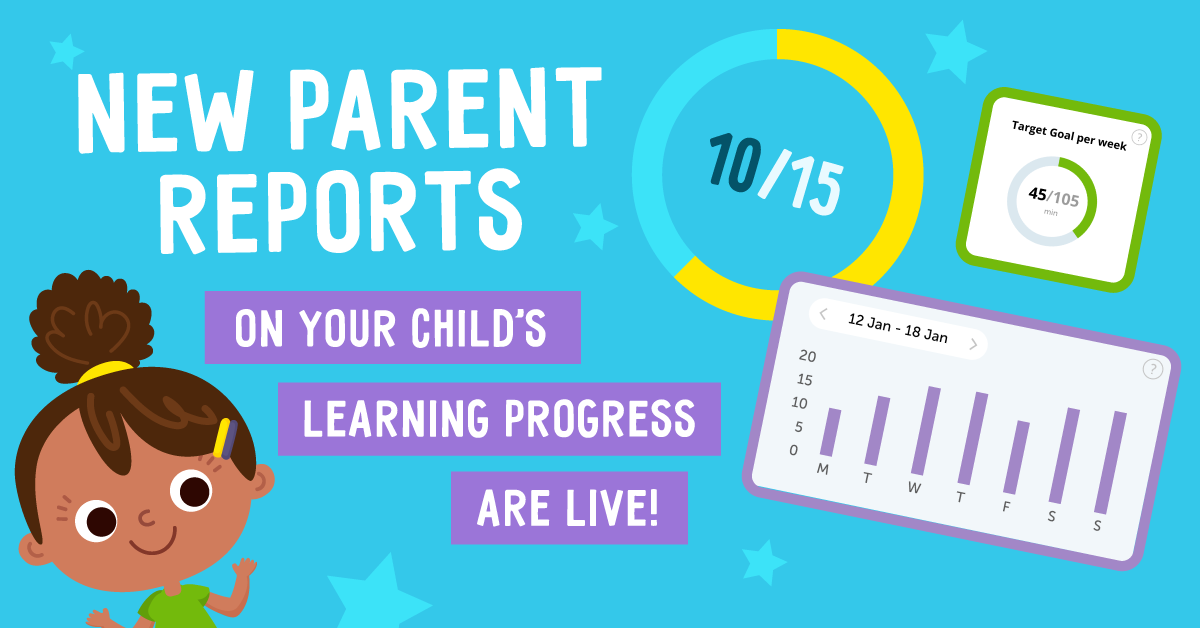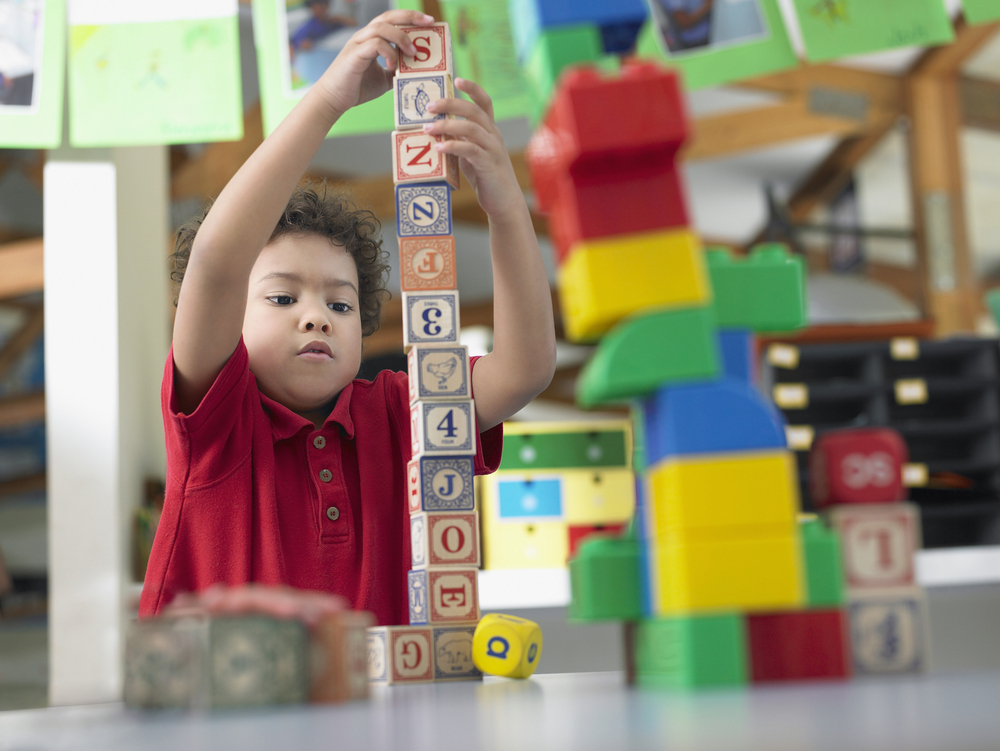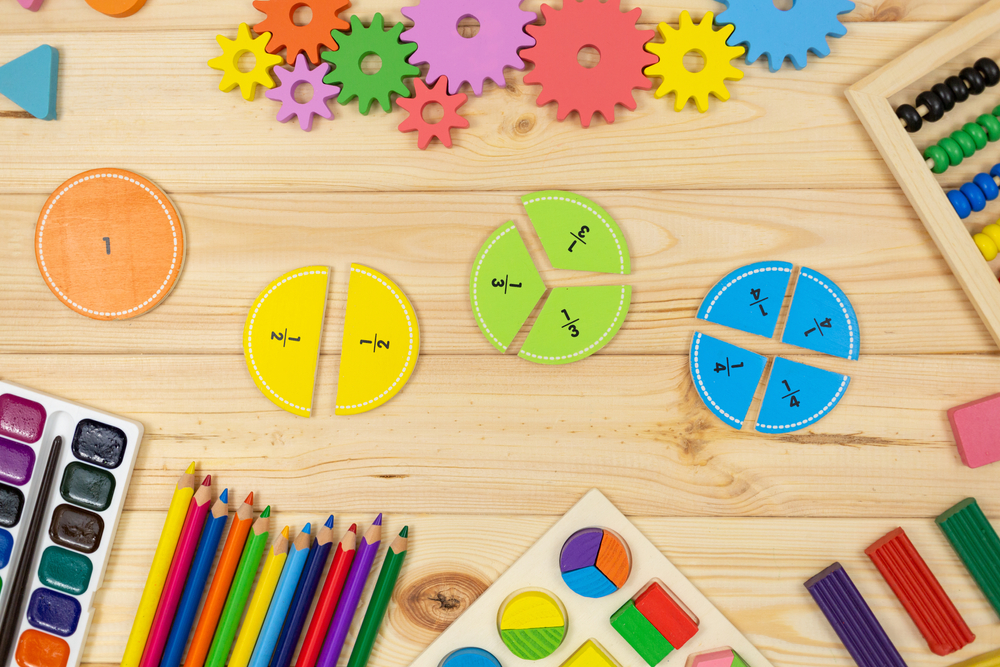Emotion recognition Worksheets for Kids
1 filtered results
-
From - To
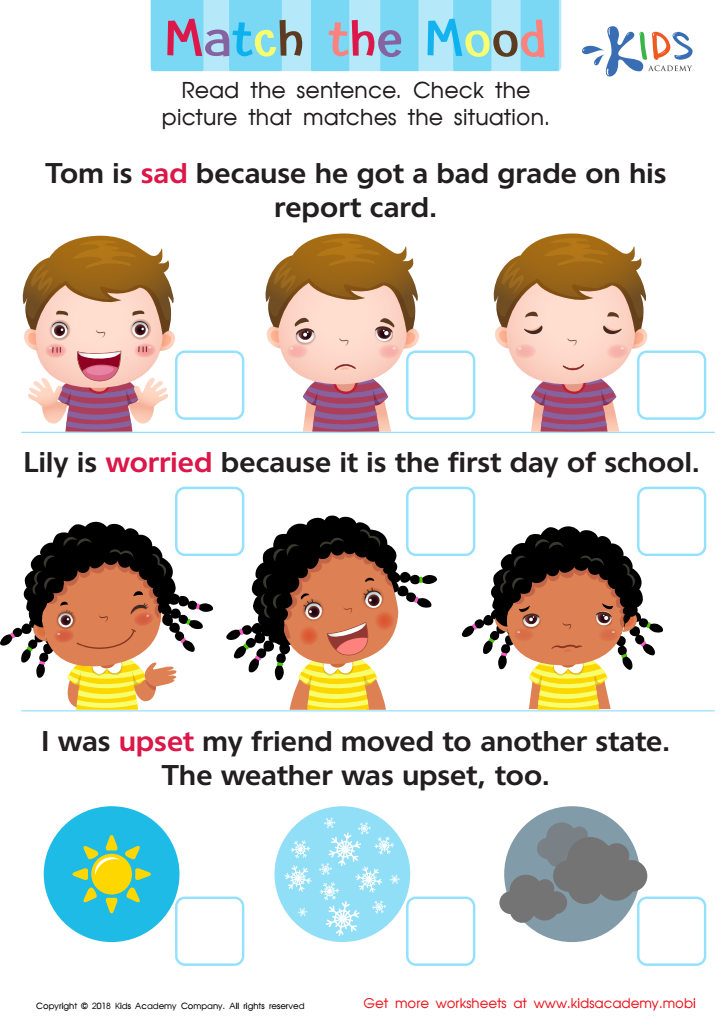

Match The Mood Worksheet
Question/Answer
What are some effective activities to train students’ Emotion recognition skill when teaching them about Reading Fiction?
Effective activities include using emotion cards where students match facial expressions to emotions, role-playing scenarios from the fiction to explore characters’ feelings, creating emotion diaries tracking characters' emotional changes across the story, and discussing the motives behind characters' actions. Incorporating multimedia resources, like film clips or animated stories, can also help students visualize and understand emotions better.
How to train the Emotion recognition skill in Grade 3 students learning about Reading Fiction?
To train emotion recognition in Grade 3 students learning about Reading Fiction, incorporate activities that focus on identifying emotions in characters. Use storybooks with rich emotional content, organize role-playing sessions, and create discussion opportunities where students describe what characters might feel and why.
Why is the Emotion recognition skill important for Grade 3 students?
Emotion recognition is important for Grade 3 students because it helps them develop empathy, improve communication, and build stronger relationships with peers and adults. It enables them to understand and respond appropriately to others' feelings, fostering a supportive classroom environment and enhancing social skills, which are crucial for their overall emotional and social development at this formative stage.
 Assign to the classroom
Assign to the classroom
